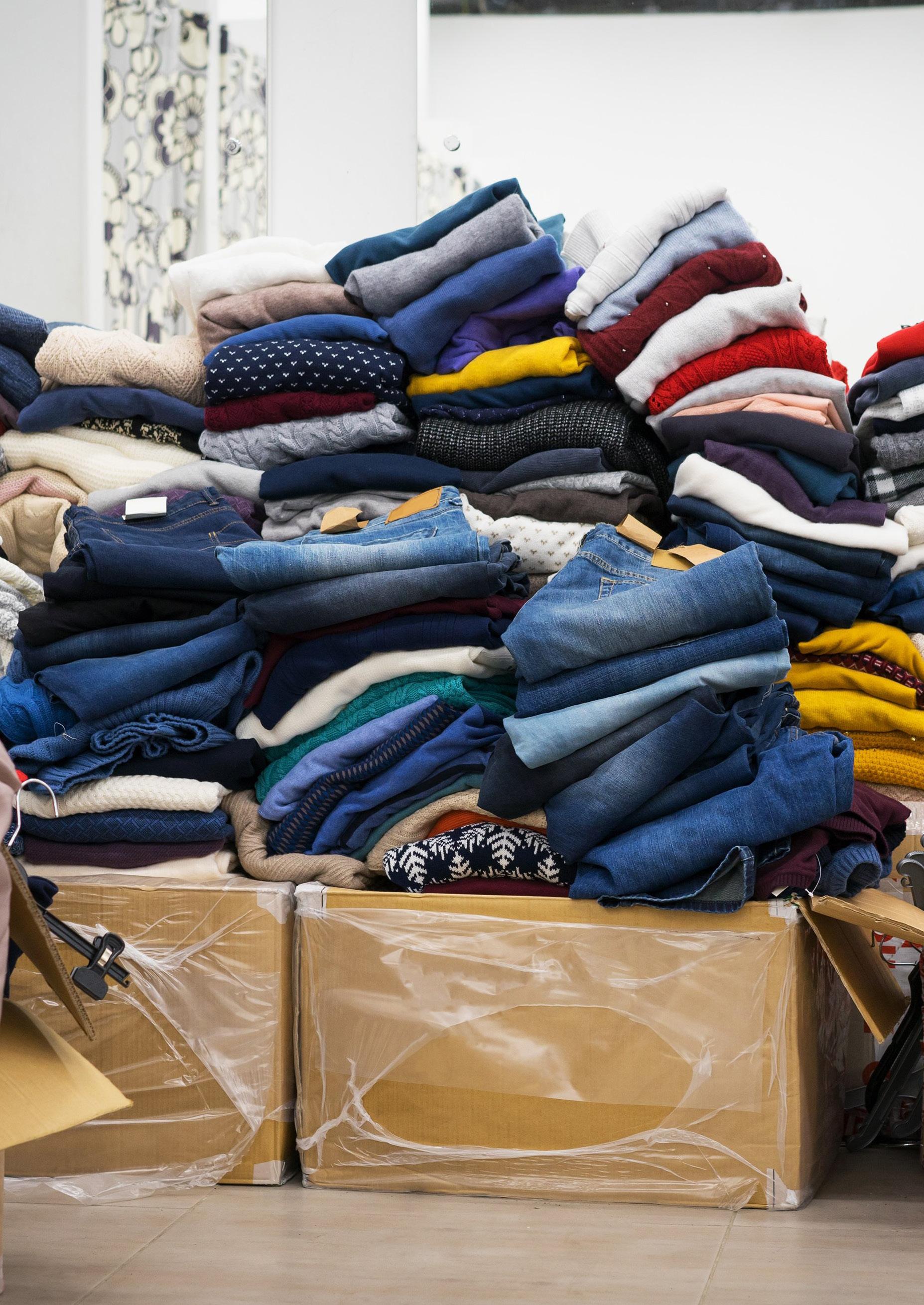
2 minute read
Introduction
This report assesses capabilities of reverse logistics (RL) and closed loop supply chains (CLSC) within small UK fashion retailers; considering whether smaller fashion players have the know-how, infrastructure, finance or consumer participation to effectively implement RL/CLSC within their operations.
RL research emerged to assess control factors for increased efficiency of returned orders, after surges of online retail consumption. RL/CLSC are now being assessed for their potential to address mounting concerns about the fashion industries environmental impact. Sustainable demand is inducing changes to traditional business models- financial rationale is no longer the ‘be-and-end-all’. Reappraising economic value propositions could incur environmental justice.
Advertisement
Traditional linear models build planned obsolescence into products to increase sales. To produce environmentally responsible fashion, industry decision makers require ‘laws, regulations, industry standards, and certification’ (Burns, 2019:73) for guidance.
International collaborative responses to the climate emergency sees Government legislation and policy introducing indirect accountability to major fashion retailers. The ‘Paris Climate Agreement target of holding planetary temperatures at just 1.5 degrees above pre-industrial levels’ requires ‘global zero carbon emissions by 2050’ (Common Objective, 2018:online). Extracting; growing raw materials are often the most resource intensive aspects within supply chains. Maximising resource efficiency by capitalising on RL/CLSC could reduce needs for virgin materials.
Although apparel companies currently fail to meet sustainability demands, ‘half of industry players want at least half of their products to be made with sustainable materials by 2025’ (Cheng, 2019:online). However, for small fashion retailers, potentials to implement such practices are somewhat unknown. With increasingly conscious consumers ‘the world’s biggest brands are struggling to keep up with the pace of this change’ (Scott, 2019:online). This sub-sector focus is necessary to understand capabilities of smaller retailers to implement RL/CLSC.
Poorly managed post-consumer waste is industry wide. Over $500billion of value is lost every year due to clothing underutilisation and lack of recycling (HOCEAC, 2019:5). Most post-consumer waste ends up landfilled or incinerated, meaning lost potential value. Hence, the importance of retrieving, repurposing and redistributing value, to maximise resource circulation.
Stella McCartney summarised a co-launched report with the Ellen MacArthur Foundation (2017:online), claiming that one garbage truck of textiles is landfilled/incinerated every second; less than 1% of clothing is recycled and without change, the fashion industry will ‘consume a quarter of the world’s annual carbon budget by 2050’. Current data limitations make it difficult to assess challenges of reducing fashions environmental impact. ‘No single study so far reported compares textiles fibres in terms of their entire life cycle assessment [LCA] or individual phases’ (Muthu, 2014). However, there is need to understand fashions environmental impact across the supply chain.
RL/CLSC relationships with sustainability are discussed within the report, across four main sections:
1. Conceptualising supply chains, sustainability and RL/CLSC
2. Rationalising the need for RL/CLSC within the fashion industry.
3. Analysis of RL/CLSC within the fashion industry today.






